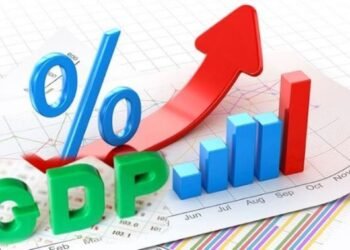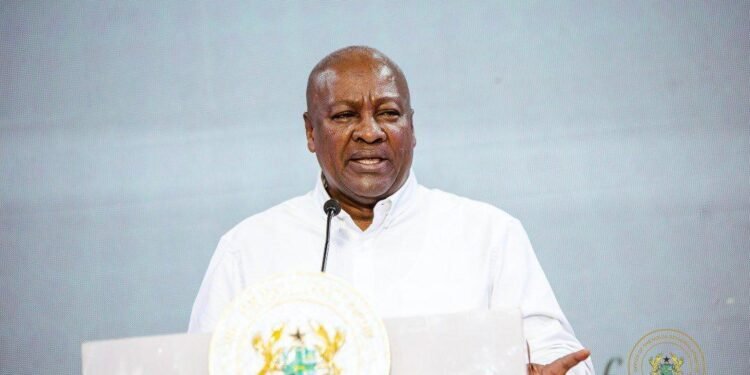Spurred by skyrocketing prices of petroleum products amid growing demand, levies on petroleum products are fast breaking previous year’s records as petroleum consumers pay GHS956.02 million on four levies charged on the petroleum price build-up in Q1 2022.
Available data by the Bank of Ghana as part of the Central Bank’s Monetary Policy Report for May 2022, readily provided amounts for these four levies namely: Energy Debt Recovery Levy (EDRL), Price Stabilization and Recovery Levy (PSRL)- 16GP, Pollution and Sanitation Levy- 10GP and the Delta Fund- 20GP.
The breakdown of the various levies is as follows: The EDRL generated GHS157.11 million; The PSRL generated GHS432.07 million; Pollution and Sanitation Levy accumulated GHS117.37 million and the Energy Sector Recovery Levy/ Delta Fund generated GHS249.47 million over the period.
Taxes/Levies and Margins on Price Build-up
Overall, there are eight (8) taxes/levies and five margins as charges on petroleum products. Apart from the four levies aforementioned, the remaining four levies include the energy fund, road fund levy- 48GP, Special Petroleum Tax (SPT)- 46GP and unified pricing petroleum fund. The five margins paid to the distributors are bulk oil storage and transportation, dealers (retailers/operators), fuel marking, marketers, and primary distribution.

Fuel prices now stand at more than GHS10 per litre, and under current market conditions, prices are likely to rise further. The general sentiment shared among petroleum consumers is the fact that the government could temporarily suspend taxes and levies on petroleum products in order to cushion consumers. A move which will significantly reduce the burden on consumers and help moderate the rising cost of living to a large extent.
According to petroleum experts, some of the petroleum taxes and levies such as the sanitation and pollution levy, are nuisance taxes. Others indicate that the Special Petroleum Tax has outlived its intended purpose and hence should be scrapped.
Moreover, the price stabilisation and recovery levy, was only scantily used for some three months and revoked by the government, thus not meeting the purposes for which it was intended.
Additionally, the country’s sole refinery, has remained non-functional for a longtime and though there have been a lot of assurances by the government to get the refinery running, this has not materialized.
Global Market Conditions
Considering the negative effects of the geopolitical tensions between Russia and the West and particularly, the worsening sanctions on Russian oil, prices of petroleum products are likely to continue to remain high.
Currently, Brent crude sells at $122.8 per barrel while WTI crude sells at $121.2 per barrel. This is despite the fact that crude price dropped marginally by 0.26 per cent following China’s re-imposition of lockdowns in parts of Shanghai.

Speaking to the Vaultz News, on the EU ban of Russian Oil, Dr Yussif Sulemana, said:
“The impact is always minimal on Russia’s side. As long as China and India will increase their oil imports from Russia, it’s going to nullify most of this that is coming from Europe. And because Russia is key to Europe’s energy security they can’t ban Russian oil 100%. They are targeting immediately about 70% of oil that is shipped but pipeline oil is still able to flow to Europe because some European nations will not be able to do away with Russia…
“So the ban will come into effect and it will have some rippling impact. If we actually crystallize out the quantum of production in Russian exports to Europe and correspondingly Russia is not able to find an alternative buyer to fill that gap, the impact is going to be phenomenal. But as at now, what kind of impact we are seeing are… sentimental and speculative impact…”
Dr Yussif Sulemana
Since Russian oil is still being exported to the market, oil prices though high have not crossed $130 per barrel, “…otherwise, if Russian oil wasn’t going into the market, we should have been expecting $140 and $150 per barrel,” Dr Sulemana said.
READ ALSO: Labour Demand Starts Q2 on a Faulty Note, Down by 1.0% in April 2022























